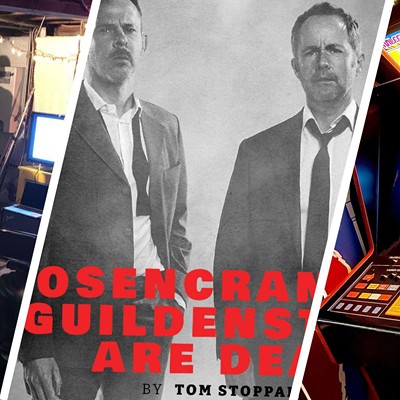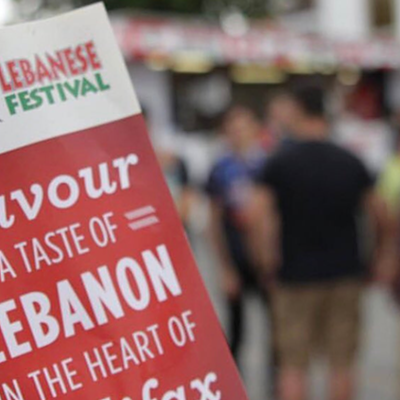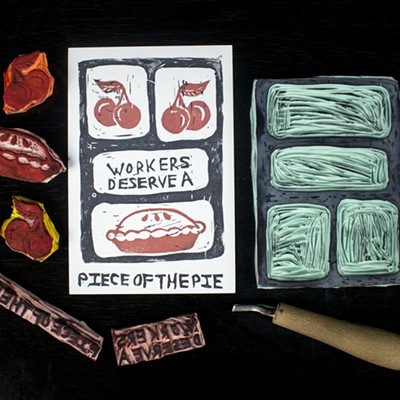Friday night, the 20th opening of the Atlantic Jazz Festival got things on high-boil with a night in the Jazz Tent of Afro-Cuban jazz and dance music. The all-ages capacity crowd was primed to party (and to dust off their latent Latino dance moves) by a set of high energy Latin grooves and Latino songs by, aptly named, Halifax's own exciting Afro-Cuban-style band, Latin Groove.
With the arrival on-stage of the featured act, Sierra Maestra - Cuba's foremost acoustic son montuno band - things went electric. Nine men, representative of at least two of Cuba's mix of heritages, African and Spanish - stationed themselves the width of the stage: a trumpeteer, a timpanist, a conga player, a bongo player, a guiro player (a carved gourd played by scraping it with a stick), a bassist (with the only electric instrument), three soneros (singers) who doubled on maracas, clave (two hardwood sticks struck together), guitar and a tres player. A tres is a Cuban guitar derivative, double strung like a mandolin. It sounds not unlike like a tenor 12-string guitar. To my astonsihment, this small-bodied instrument carried much of the music's foundation.
From the first plucked tres note beginning the opening tune's guajeros (the repeated ostinato-like figure you often hear pianists play in salsa music), the surging crowd collectively realized they were in for a set of something special. Authentic. No Latino simulacrum this. The real deal, amigos.
Earlier in the evening, the exuberent MC (a presenter of Latino music on CKDU) had trilled, "Halifax, we're gonna be on fire tonight. Halifax is about to get caliente! Aie yi yiiii!" Hard to imagine this if you missed the show, but that outburst of hyperbole was both the truth and an understatement. Sierra Maestra, celebrating its 30th year as a group, was named after a mountainous region of Cuba famous for serving as a refuge to Cuban rebels as far back as 1511 right up to the revolt led by Fidel Castro against dictator Fulgensio Batista. AND for being the birthplace of son montuno music by the local rural working classes. Originally, as it's reported, son was performed on percussion alone in accompaniment of its distinctive Afrocentric call-and-response song patterns. With the admixture of Spanish harmonies and melody, and later, stringed instruments and brass, son montuno music evolved into the hottest, most popular musical form in 1920s, 30s and 40s Cuba.
Friday night, Sierra Maestra brought their son montuno A game with them. Anyone with two left feet under the band's spell, suddenly had one of each. And even more amazingly, the sublime ability to dance. No-one sat still. Hips swayed. Shoulders rolled. Heads, in tempo, lolled from side to side like bobble-head dolls. Crisp singing, tight harmonies, in-the-pocket percussion grooves, stratospheric, pure-noted (and witty)improvsied trumpet peals, rifle shot-like fills from the band's bongo-phenom and fleet-fingered, always breath-taking solo and ostinado-like figures from the tres player brought thunderous roars of approval and keening screams of delight from an inspired crowd going all-out mad Halivana.
At one moment between numbers, the lead singer taught the audience to clap son montuno's basic rhythm pattern (called the clave). Ba ba,ba-ba-ba. When the crowd got the synchopation synchronized, Sierra Maestra exploded into a pulsing number with the battery of percussionists riffing intricate varistions off the audience's handclapped clave. Magic.
Perhaps the best sight of this feel-good night was that of a burly, bald, middle-aged man outfitted in shorts and a jersey top half emblazoned with an American flag who, as playful as a kid, rose from his chair to sway, shake and groove like there was only happiness in his world.















